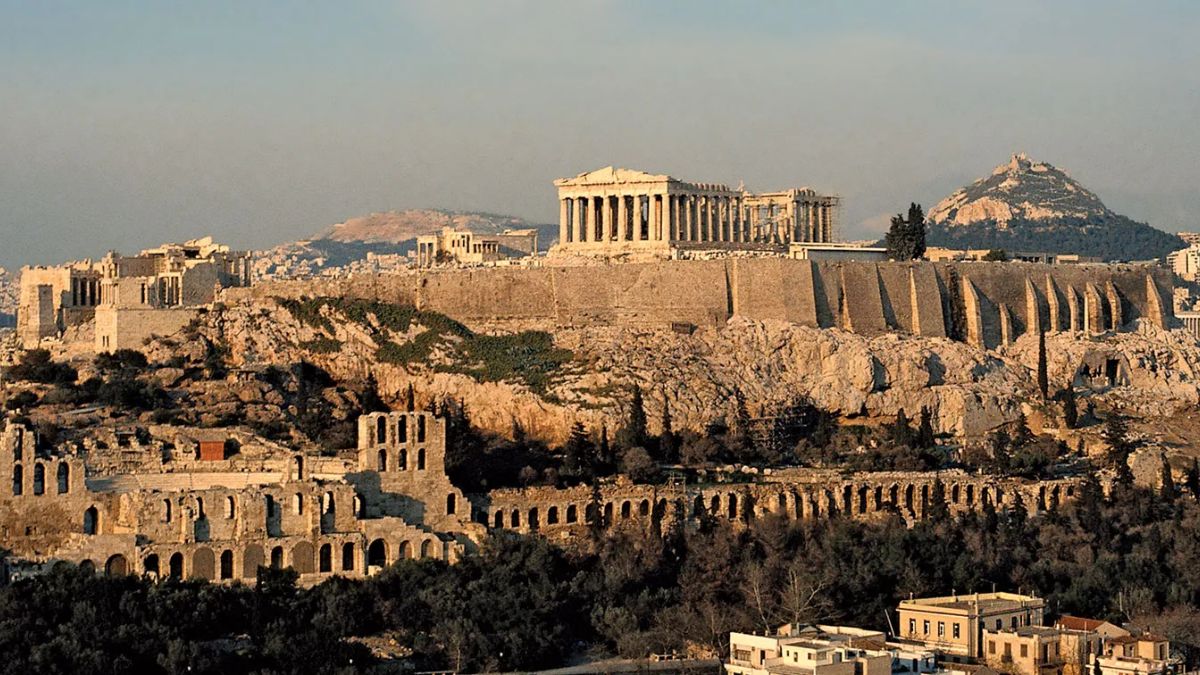It can be challenging to figure out which towns are the “oldest” in the world because several places can put claim to the title based on various factors, such as continuous habitation, archaeological evidence, or historical accounts. So, if you enjoy visiting historical sites but have problems finding the oldest ones, don’t worry. Check out the list of 5 oldest cities in the world.
1. Jerico, West Bank
Located in the Palestinian territories, this location is a strong contender for the title of the oldest continuously inhabited town in the world, having been inhabited from around 9,000 BC, according to the Ancient History Encyclopedia. Remarkably, Jericho is also the site of the Wall of Jericho, the oldest known defensive wall in the world, which dates back to around 8,000 BC.
2. Athens, Greece
One of the oldest towns in Europe is the ancient city of Athens, with a history going back more than 3,400 years. It is seen as the origin of Western philosophy and democracy. In addition to other well-known structures like the Temple of Olympian Zeus, the city is home to the UNESCO World Heritage Site, the Acropolis.
3. Varanasi, India
This ancient city in Uttar Pradesh, northern India, is often referred to as Benares or Kashi. It is among the world’s oldest continuously inhabited cities. Regarded as the spiritual hub of India, it attracts Hindu visitors who come to take a dip in the holy waters of the Ganges River and observe burial ceremonies.
4. Jerusalem, Israel
Jerusalem, which is believed to be between 4000 and 5000 years old, is a confluence of cultures and religions. Despite 52 attacks, the city remains an unwavering storyteller, telling tales of cultural intersections and historical resilience.
5. Aleppo, Syria
Aleppo is a historical city in Syria that has been continuously inhabited for more than 8,000 years. Archaeological findings indicate that the city was first settled in the sixth millennium BCE. It was ruled by the Hittites, Assyrians, Arabs, Mongols, Mameluke and Ottomans, and it was located at the crossroads of multiple trade routes starting in the second millennium BC.


